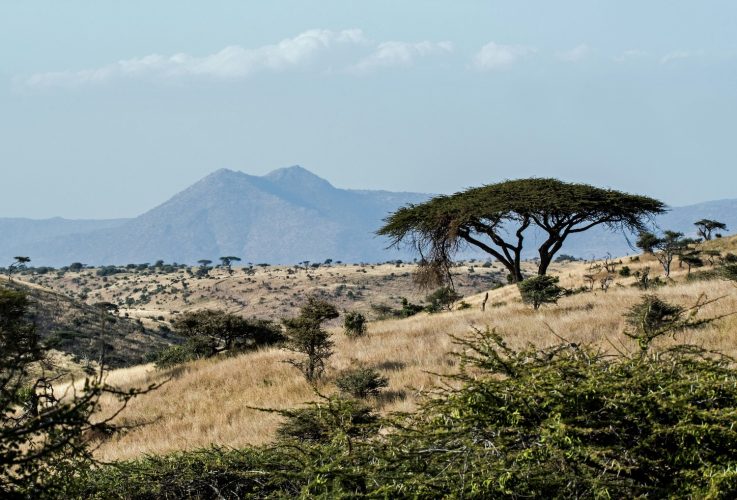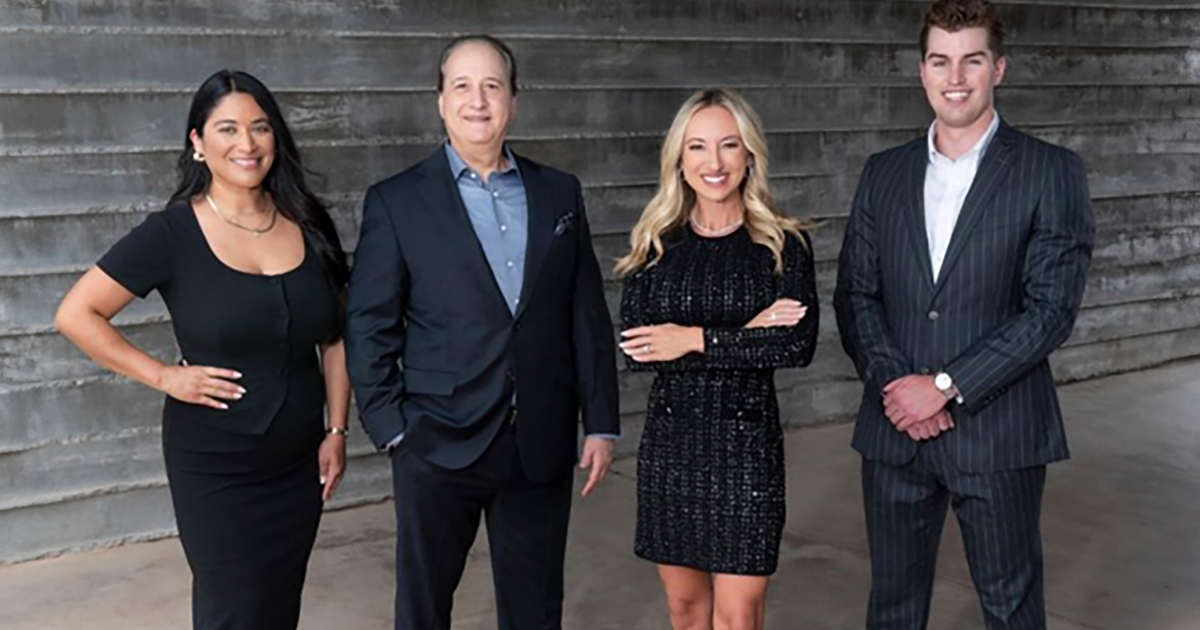TriplePundit • Sudan’s Golden Harvest Returns Slowly as Women’s Cooperatives Fight to Revive the Gum Arabic Trade

At dawn, Mona Qadam al-Khair joins six other women from her village west of El Obeid, carrying knives, baskets, and rough jute sacks toward the hashab forests. Among the acacia trees, they begin the grueling work of tapping bark and collecting gum arabic, the amber resin long known in Sudan as “green gold.”
By midday, the heat settles over the grove, and the rhythm slows. The women rest in the sparse shade, wiping dust from their faces, their tools laid beside them like extensions of their hands. Soon they will weigh and sort the gum, brushing away bits of bark before packing it into coarse sacks bound for distant markets. For now, they sit quietly, watching the resin harden in the light.
“For me, joining the cooperative was about dignity,” al-Khair told TriplePundit. “That my effort had value, that we as women were not marginalized in a sector people thought was reserved for men.”
As Sudan’s civil war enters its third year, women cooperatives have emerged as what forestry officials call “a safety valve” for an industry that once supplied 80 percent of the world’s gum arabic, the invisible ingredient that keeps soda fizzing, candies from melting and pharmaceuticals stable.
Sudan was once the world’s largest producer of gum arabic, also known as acacia gum, which is sourced from the sap of the acacia tree. In 2022, gum arabic exports reached about $183 million, placing it among Sudan’s top 10 exports. Some 5 million Sudanese depend on the trade, especially in North and South Kordofan, Darfur, Blue Nile, and Gedaref states.
But Sudan’s gum production collapsed by half in the first year of fighting between the national army and the paramilitary Rapid Support Forces (RSF). By late last year, the Rapid Support Forces had seized control of the primary gum-growing areas in Kordofan and Darfur in western Sudan, including the world’s largest gum arabic exchange in El Obeid.
In a sign of hope, the first shipment since the Rapid Support Forces took control of the area left North Kordofan for Port Sudan in March. The shipment signaled somewhat of a recovery for the industry, driven largely by women who refused to abandon the forests.
The income al-Khair once used for rent and medicine now goes almost entirely to survival – finding shelter and enough to eat in a time of war.
Yet the work still offers something more. Al-Khair speaks of the independence it brings and the solidarity that binds her crew together.
Women-led efforts
Al-Khair was born and raised among the acacia trees that have been part of her daily life since childhood. She used to accompany her mother in collecting gum and watching the trees grow. Now that she has children of her own, al-Khair joined a small neighborhood group of women who had begun gathering gum together for safety and shared income.
The seven-member cooperative shares all roles equally, from planting to harvesting to marketing. In the cooperatives, women find safety in numbers, share tools and transport, and bargain collectively with traders. Profits are divided according to contribution, with a percentage reinvested in seeds, forest protection, transport costs or buying tools. Decisions are made collectively at regular meetings.
Women’s cooperatives such as Al-Khair’s are keeping the gum arabic industry afloat amid the turmoil, said Abdel Rahim Mohamed Tom, senior forestry inspector for North Kordofan. There are about 2,000 gum arabic producer associations in North Kordofan, and women now represent nearly half of all cooperative workers distributed across the state’s seven localities.
Before the war, trusted traders dominated the gum arabic business, operating on long-term credit and personal reputation built over generations. But as conflict spread, those networks collapsed and new intermediaries emerged — some tied to armed groups or smuggling routes, driving up costs and deepening uncertainty for producers.
By cutting out unreliable middlemen and selling directly to vetted buyers, the growing network of women-led cooperatives is slowly rebuilding trust.
Cooperative member Fatima El-Degail uses her income to pay school fees for her five children. “I was afraid they would have to quit school, but the cooperative’s income gave me hope again,” she said.
Rahab, the cooperative’s youngest member, says she can now buy medicine for her child if he gets sick. Before, she had to wait for aid.
“The cooperatives provide more than income. They have built social safety nets that traditional market structures never offered. If a woman falls ill or must be absent, the others cover her work so she does not lose her share,” said Hawa Al-Nour, a member of another woman-dominated cooperative. “We feel like one family.”
Al-Sadiq Khalifa, a gum trader at El Obeid’s commodity market, praised the role women play within cooperative associations, saying they help reduce brokerage and describing them as “the backbone of the collection, sorting and selling process” for gum arabic.
Once limited to tapping, harvesting, cleaning and packaging, women now play larger roles through these structures. They organize collective sales, negotiate prices, manage transportation and protect local Acacia forests.
“Their detailed ecological knowledge and long-term care for the trees have improved both the quality of the gum and the sustainability of production in a trade that depends as much on trust and stewardship as on labor,” Khalifa added.
An industry in collapse
Even as women cooperatives work to bring Sudan’s gum arabica trade back from the brink, the war’s impact on the industry and local environment are devastating. In North Kordofan, eyewitnesses reported that entire forests were burned and local markets were damaged. Conflict-related factors contributed to the loss of at least 6,126 hectares of natural vegetation, equivalent to about 4,373 soccer fields in a single state, according to the Conflict and Environment Observatory.
The forestry sector suffered enormous losses due to the war, causing a noticeable difference in vegetation cover before and after the war broke out, North Kordofan forestry inspector Tom explained.
“Many acacia forests were destroyed, and vast areas of hashab trees became almost lost due to illegal logging and their use in brick-making or as an alternative income source for affected families,” he said.
Al-Khair sees that devastation firsthand: “Sometimes we return from the forest empty-handed after a long day of hard work. The land we used to farm has become almost empty because of attacks and looting.”
During the peak of the conflict, local markets either shut down or were dominated by smugglers who purchase gum at prices higher than those in the regular market, sourcing it locally or near border areas. They then transport it through unofficial routes to Chad, the Central African Republic, or South Sudan, or sell it directly to international buyers.
“A large percentage of cooperative associations stopped due to the war and security situation, with the absence of the state’s or rural development organizations’ ability to reach villages and affected areas and provide necessary support,” Tom said.
A window of hope
Women like al-Khair bear multiplied burdens: collecting gum amid direct violence risks, extortion at checkpoints that sometimes impose fees reaching half a million Sudanese pounds per truck, and transport difficulties due to unsafe roads and rising fuel prices.
“Sometimes I feel extreme fear for myself and my colleagues who work with me because the forests are teeming with armed looters. And I hear daily about women — in fact, I know some of them — who went to collect gum and did not return,” al-Khair said. “Before the war, life in the forests was more stable. We knew the prices and easily reached El Obeid’s markets through village trucks. But today, perhaps we go out and not all of us return, especially us women.”
Tom said he believes that monitoring gum smuggling operations is almost impossible right now, as gum of various types (hashab, acacia and others) is smuggled to neighboring countries in large quantities.
“It is necessary for organizations and government bodies to combine efforts to find realistic solutions and support women’s cooperative associations,” he said. “After more than two decades of work in Kordofan states, I see that the next phase must focus on rehabilitating the infrastructure for gum arabic production throughout Sudan, while restoring its environmental role in ecological balance.”
Despite that, cooperatives still represent a window of hope for women.
“We meet, we plant, we harvest and we sell together. I feel that my effort has value, and that we women are the soul of this sector,” al-Khair said. “Stop this damned war. Let us work in peace. Only then will gum arabic return to its status, and we will prove that Sudanese women are capable of protecting this resource.”
This article is published in collaboration with Egab.
Featured image credit: David Clode/Unsplash



Post Comment